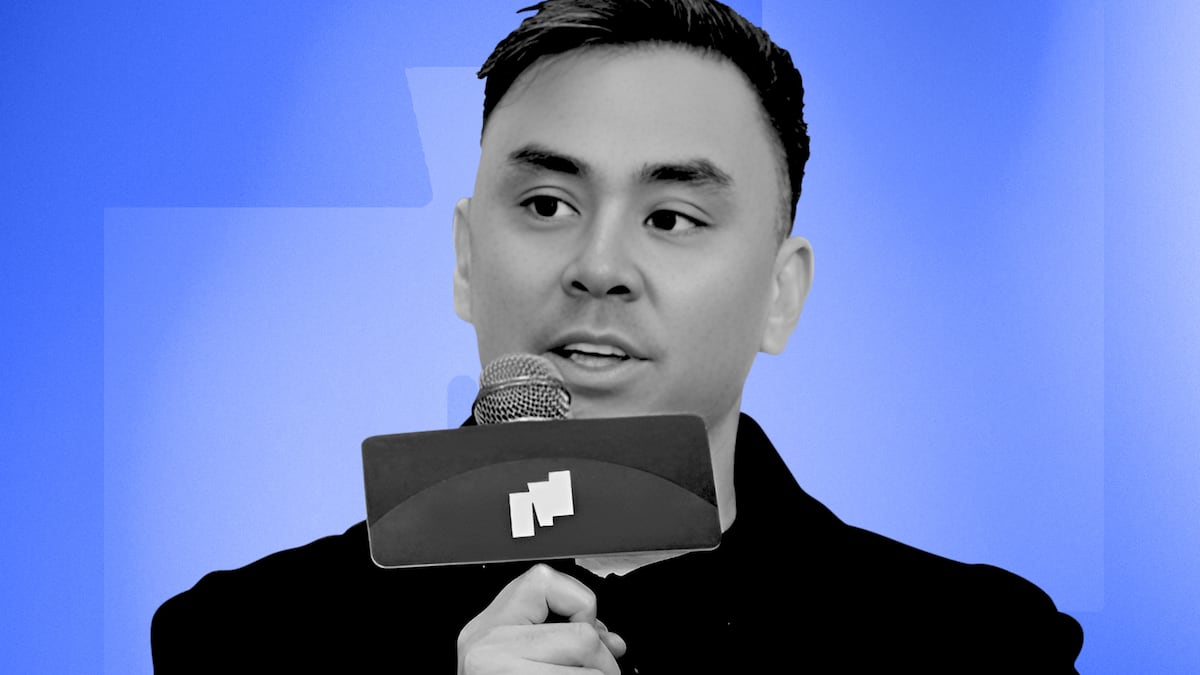Colin Goltra is the CEO of Morph, an Ethereum layer 2 protocol building infrastructure for onchain consumer finance. A long-time crypto operator with over a decade in the space, Colin brings deep expertise across exchanges, gaming, product growth, and emerging markets. Prior to Morph, he served as Global COO at Yield Guild Games and held senior leadership roles at Binance, where he oversaw operations across Southeast Asia and the broader APAC region. He also helped scale Coins.ph into one of the Philippines’ leading crypto platforms. Colin began his career in technology M&A at Samsung NEXT and Lazard Frères, and has advised numerous crypto and Web3 ventures on tokenomics, product strategy, and NFTs—including co-founding the First Mint Fund and Narra Gallery. He studied economics, statistics, and French at UC Santa Barbara, and holds a software engineering credential from Hack Reactor. Now based between Paris, Manila, and California, Colin is focused on turning Morph into the consumer-grade blockchain powering global payments, savings, and everyday digital finance.
You moved from CGO to CEO during a busy period for Morph. What convinced you to take the leap, and how has your role evolved since?
I joined Morph at the beginning of this year as Chief Growth Officer, where the initial mandate was pretty clear: boost our onchain metrics.
But stepping into the CEO role expanded my focus to mission and vision-level responsibilities like refining our narrative, aligning the team, and setting product and ecosystem milestones.
I’m a lot more focused on the team and longer-tail product decisions now.
What did you learn about Morph’s vision once stepping into the CEO role?
Two things really crystallised for me: what we actually offer, and who we’re building for. Our original vision of being a “consumer layer” still holds, but it was too broad to act on.
We’ve since narrowed that into a more focused goal: onchain consumer finance. That means stablecoins, payments, and fintech-style experiences powered by DeFi infrastructure.
Our target audience is already earning, saving, and transacting onchain, and we want to build tools that work for them.
How have your past roles at Binance and Yield Guild Games shaped your direction for Morph?
Greatly. At Binance, I learned what it means to serve consumers at scale, especially in Southeast Asia. Their grassroots programs, like the Binance Angels, built a massive retail user base first — institutions came later.
At YGG, it was the Axie moment in the Philippines. That whole play-to-earn wave showed how powerful incentives can onboard people into web3, even with clunky UX.
Both gave me insight into where crypto can go when it meets people where they are.
What defines a ‘consumer chain’ to you, and how is Morph carving its lane in a congested L2 roadway?
To me, it means delivering practical use cases, starting with payments. We’re building Morph Pay, which includes a payment-focused super app with peer-to-peer features, premium cards, and deep DeFi integration.
Think of it like a crypto neobank, where your yield from onchain activity powers everyday spending. The chain is modular under the hood, but we’re abstracting that complexity away from users.
Is lending and borrowing part of that vision too?
Eventually, yes. We’re integrating with DeFi protocols to enable lending, borrowing, and high-yield vaults behind the scenes.
The goal is a seamless flow from yield to card swipe.
What steps are you taking to ensure a good user experience?
UX is one of our core focus areas. We’ve hired a product lead from the Chinese payments space — someone who’s worked at the scale of Tencent and Alipay. We want to bring that polish into web3.
Combined with our strong onchain team, we’re confident in our design choices.
You’ve also been experimenting with social campaigns like Zootosis and Safari. How’s the community responding?
They’ve been great for community engagement. Safari focused on vault deposits and bridging, while Zootosis — built with Mitosis — introduced a dual-point system where users earn rewards from both sides.
Is the total value locked metric still a major focus for Morph?
It’s been a big metric for us, and we recently crossed $100 million. But we’re also shifting our focus to daily transaction volume and user activity.
We’ve got a few campaigns lined up to push that further.
What role does AI play in Morph’s roadmap?
We think onchain AI is here to stay. We’ve already deployed a few AI agents on Morph — nothing huge yet, but the infrastructure is there.
In the short term, our priority remains payments, but we see exciting convergence between AI and payments long term.
What kind of projects would you like to see launched on Morph next?
I’d love to see more commerce integrations for connecting payments to real-world goods.
I’m also passionate about prediction markets. But Morph has no explicit plans for that at this time.
How are you supporting builders?
We’re issuing grants and actively onboarding promising teams. There’s one stealth project focused on online commerce that we’ll reveal in July.
Builders can reach us directly through our documentation portal or on Twitter.
What chain-level features are you prioritising next?
On and off-ramps are huge. It may sound simple, but letting someone earn yield in an onchain vault and then spend it, online or in-store, is still hard. Fixing that is core to our roadmap.
We’re also exploring premium crypto cards with perks like lounge access and concierge services — things traditional systems won’t offer web3-native users.
Who is your target audience for these products?
There’s a growing “internet-native” demographic of freelancers, remote workers, and digital nomads, whose financial lives don’t fit into traditional systems.
They earn online, they save online, but banks don’t know how to underwrite or serve them. We want Morph to be their home base.
What regions are you targeting for growth?
We already have traction in East Asia and are expanding into Korea. Southeast Asia is still a major focus due to my background and the market’s receptiveness.
How are you approaching leadership and culture in your first CEO role?
This has been a big year of reconstruction. I’ve had to shift from being hands-on with growth to building systems where others can lead.
We’ve brought in amazing talent across functions — product, growth, partnerships — and rebuilt the team culture around trust and collaboration.
What’s your vision for Morph a year from now?
By this time next year, I want our payment stack to be fully live with cards in users’ hands and transactions flowing. The infrastructure’s in place; now it’s about building applications and onboarding users.
We’ll expand our ecosystem while staying focused on consumer finance and scaling real-world utility.
Any final thoughts?
We’ve talked a lot about consumer finance, but I’ll just add: we’re not abandoning our roots. We still want to build exciting crypto-native products. The plan is business in the front, party in the back. It’s a bit of a “mullet” strategy.


